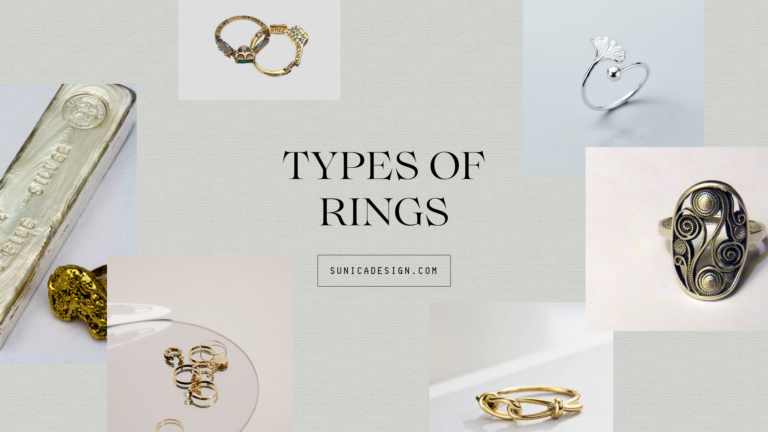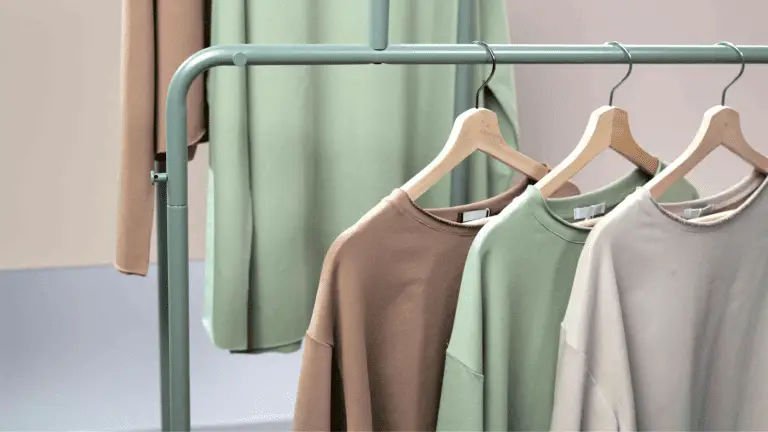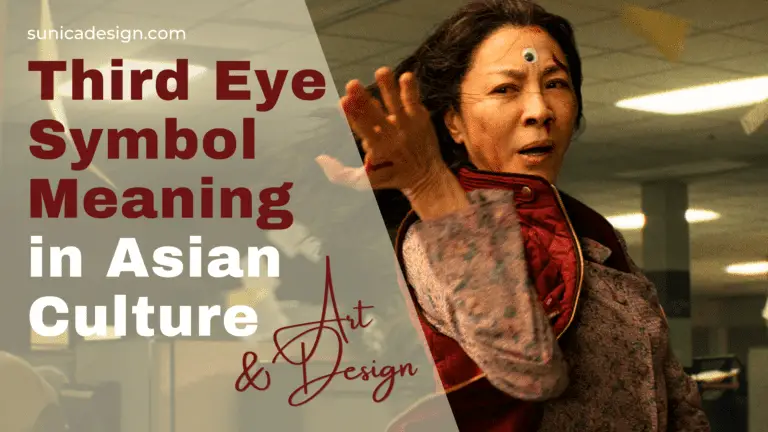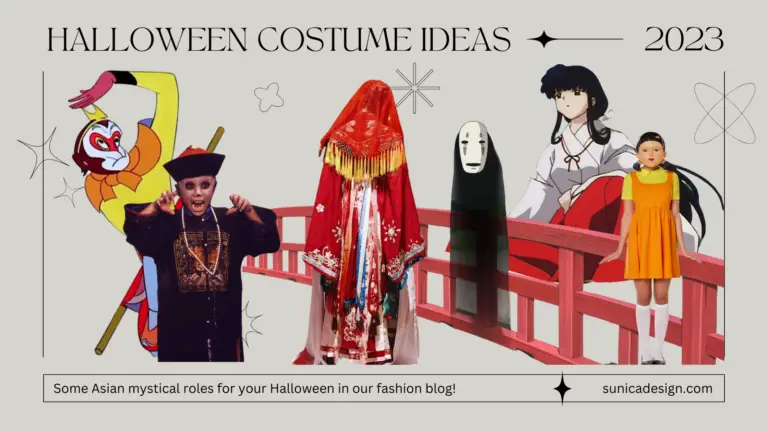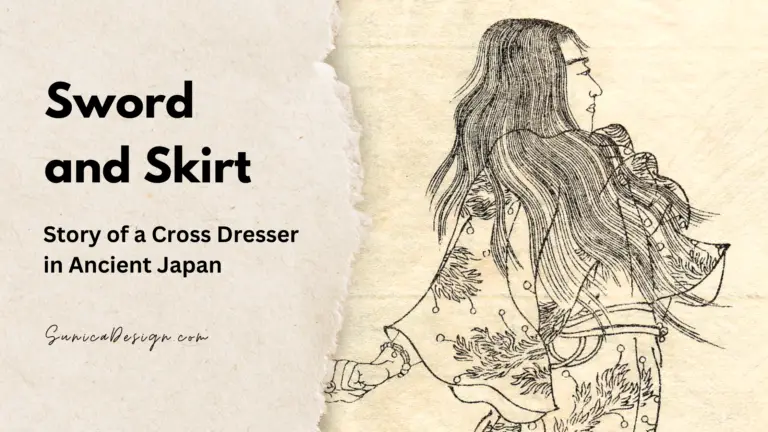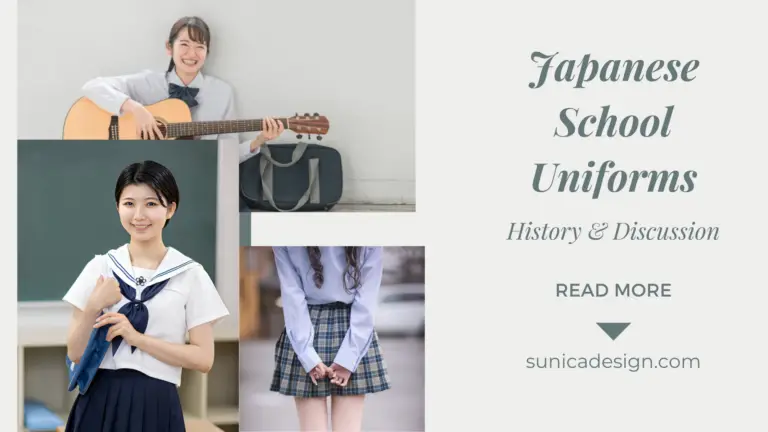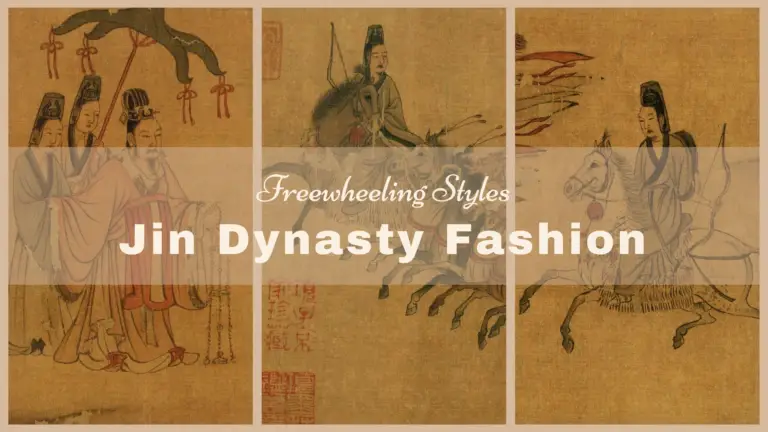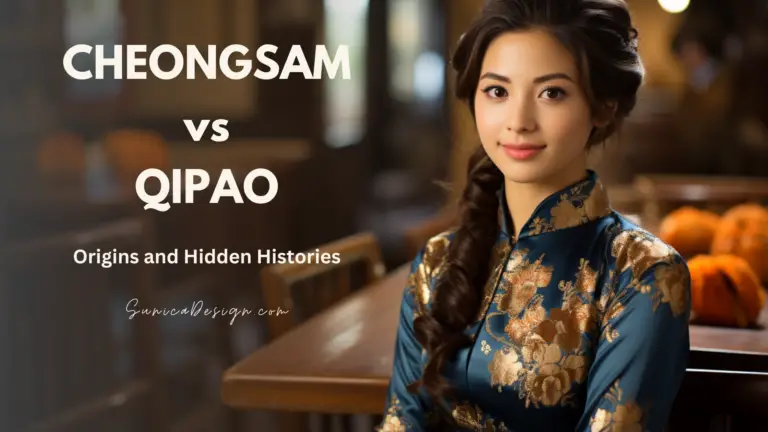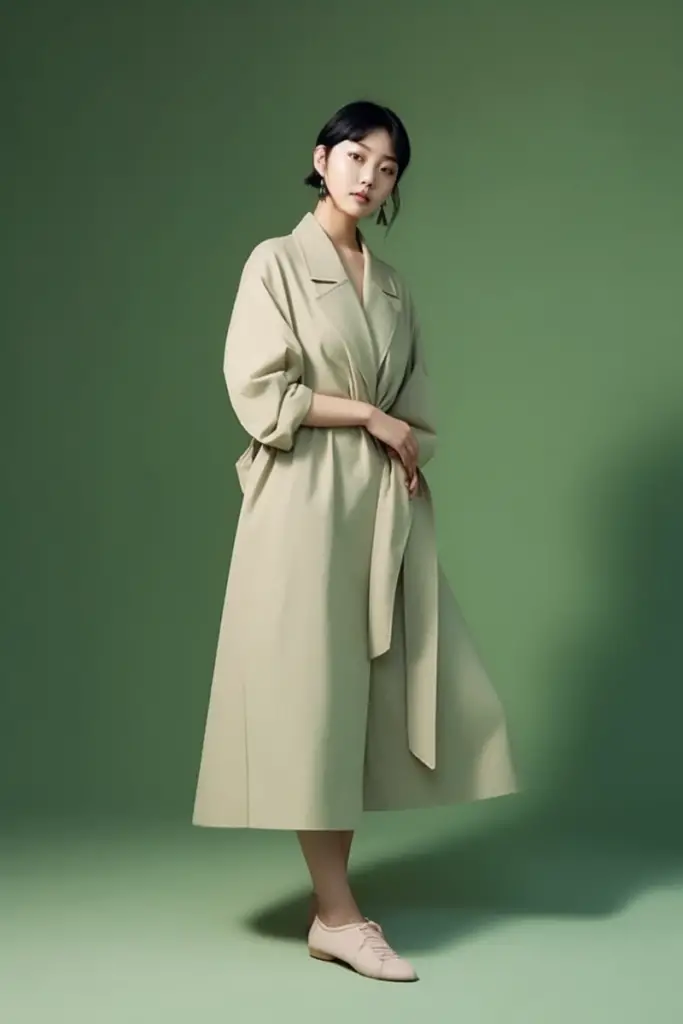From the vibrant colors of the traditional Zhongshan suit to the sleek modern Qipao, Chinese school uniforms have evolved significantly over the years.
However, have you seen photos like this?
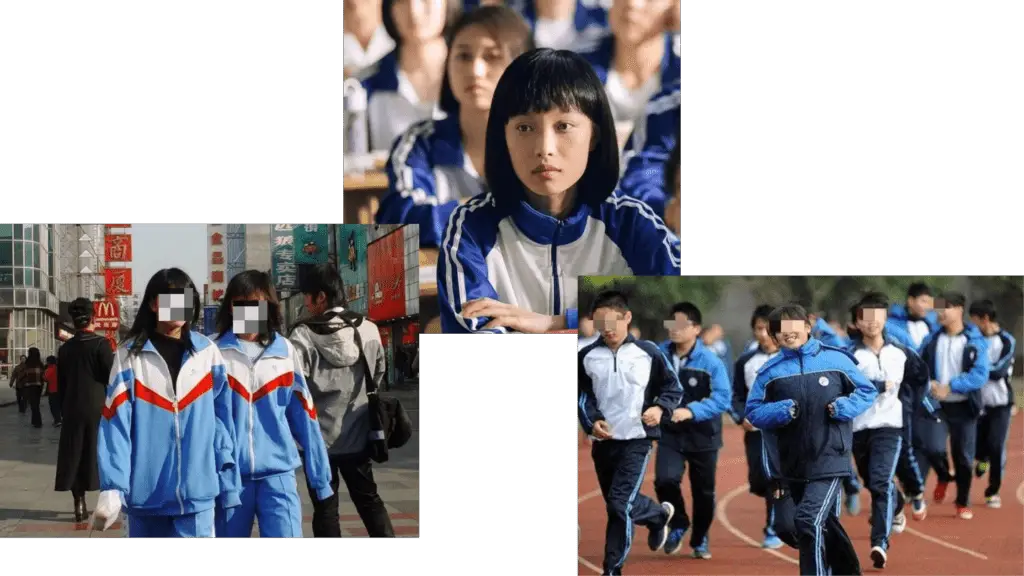
Despite their astonishing history, modern Chinese high school uniforms evolved plain and too unflattering. In this article, we’ll take a closer look at the fascinating history of Chinese school uniforms and explore the mystery behind their current lackluster designs!

Qing Dynasty: Simplified Official Garb
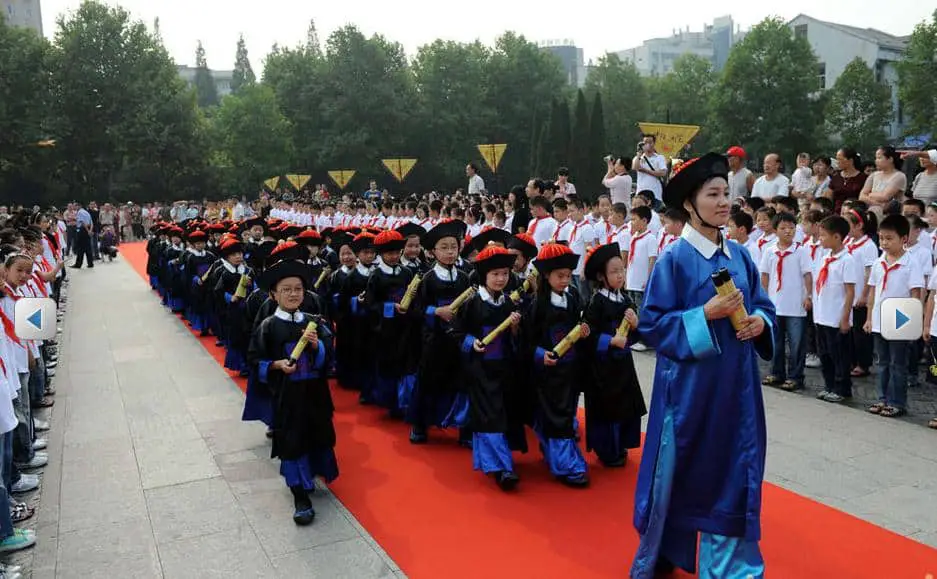
In 1901, the Chinese government turned toward modern education. With that came the establishment of numerous new schools, all run by the government, and the tradition of students wearing school uniforms.
Chinese school uniforms in Qing Dynasty consisted of a round hat, a formal jacket, and a flowing skirt. These garments were very similar to the uniforms of government workers. They are all made of silk, easy to stretch, and boxy, hiding body outlines.
However, there were a few differences between the students’ uniforms and those worn by officials. For example, the students’ outfits lacked the square pictures that showed their social status. Additionally, students weren’t allowed to wear hats with peacock feathers, because feathers represented authority at that period.

The Republic of China: Zhongshan Suit & Black Skirt
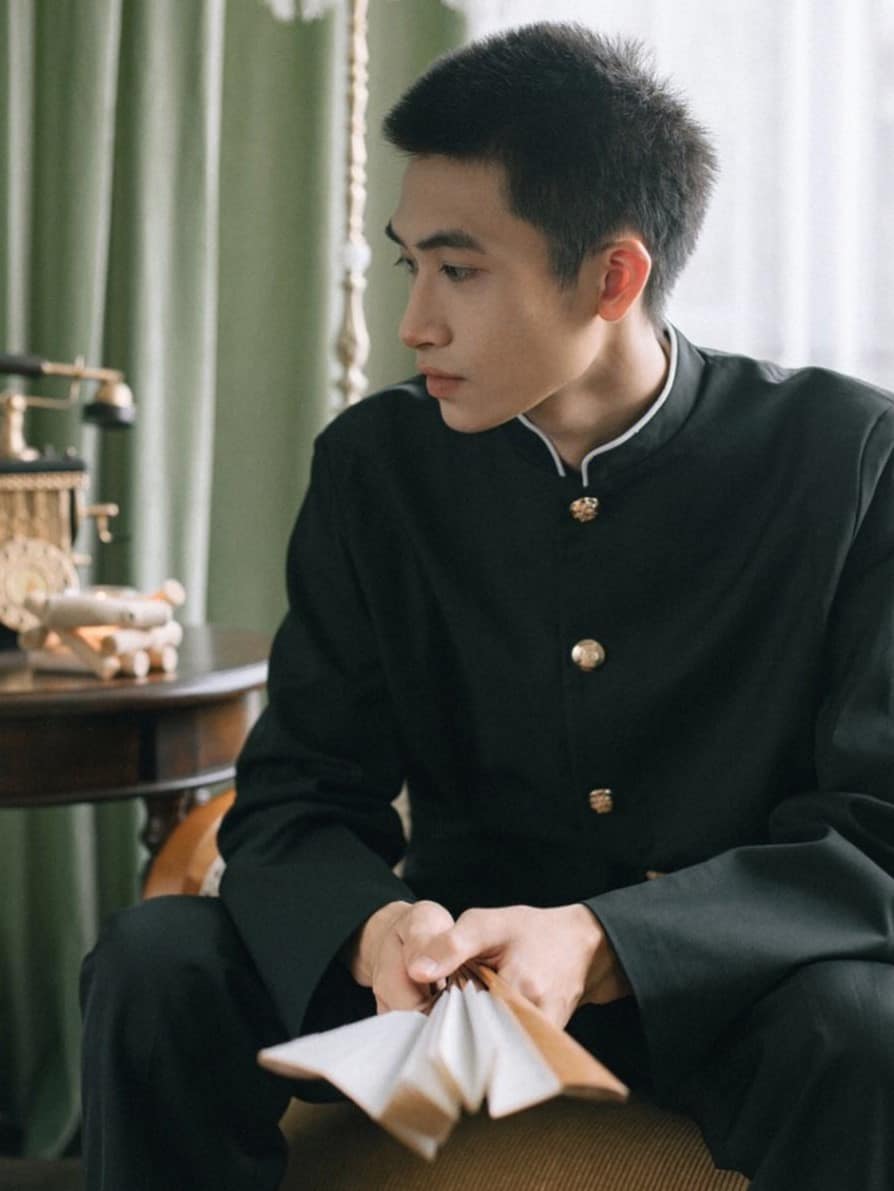
Step back in time to 1911 when Sun Yat-sen had a vision to “restore China to its former glory” and, in turn, reinvent the traditional clothing styles of the Qing Dynasty. Enter the “Zhongshan suit,” a new and stylish outfit that soon became the talk of the town.
At the same time, as schools began to welcome female students, young girls brought western fashions into the educational world. Soon after, the Ministry of Education issued the “School Uniform Regulations,” which stated that “female students attending middle and high schools should wear black skirts.” This dress code was further emphasized in 1913 by the Ministry of Education, becoming the official uniform for female students.
Therefore, during the period of the Republic of China, Zhongshan suits were Chinese school uniforms for young men, while black skirts were choices for female citizens.

The May Fourth Movement: May Fourth Outfit
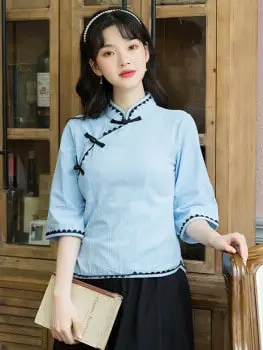
Back in the day, when the May Fourth Movement was in full swing, young Chinese people wanted to rebel against the old ways and show off their stylish side. They were tired of the outdated clothing styles and wanted something fresh and exciting.
So, they took the Zhongshan suit and gave it a makeover! They ditched the cumbersome large sleeves and frilly decorations, creating a more simplistic look. This new look was dubbed the “May Fourth outfit.” It quickly became the must-have style for young students and intellectuals alike.
Moreover, the May Fourth outfit was also a political statement on the street. By donning this outfit, Chinese students showed their support for modernization and cultural reform in their society. They were saying, “We’re not content with the old ways, we want changes, and we’re ready to fight for it!”
It was an era of red – red of students’ blood and warm hearts.

The 1930s: Qipao
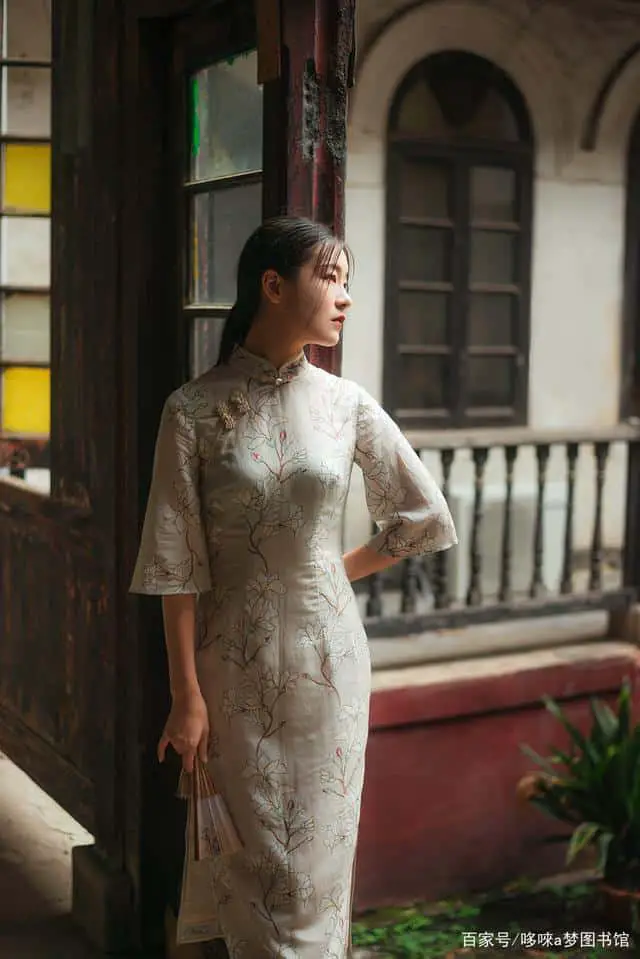
In the 1930s, the qipao was designated as one of the formal national dresses. After some improvements, the qipao became simple and elegant. Many women loved to wear it daily.
As a result, schools at that time also began to adopt the improved qipao as a school uniform for female students. This school dress not only made a fashion statement but was also a symbol of a momentous time in China’s history. And don’t think the trend stopped there! Even today, some schools in Hong Kong are still sporting this timeless classic.
So if you’re walking around Hong Kong and come across a pack of stylish students in qipaos, don’t panic. Just sit back, relax, and enjoy the show as they pay tribute to the fashion icons who came before them.

Newly Founded China: The Red Scarf
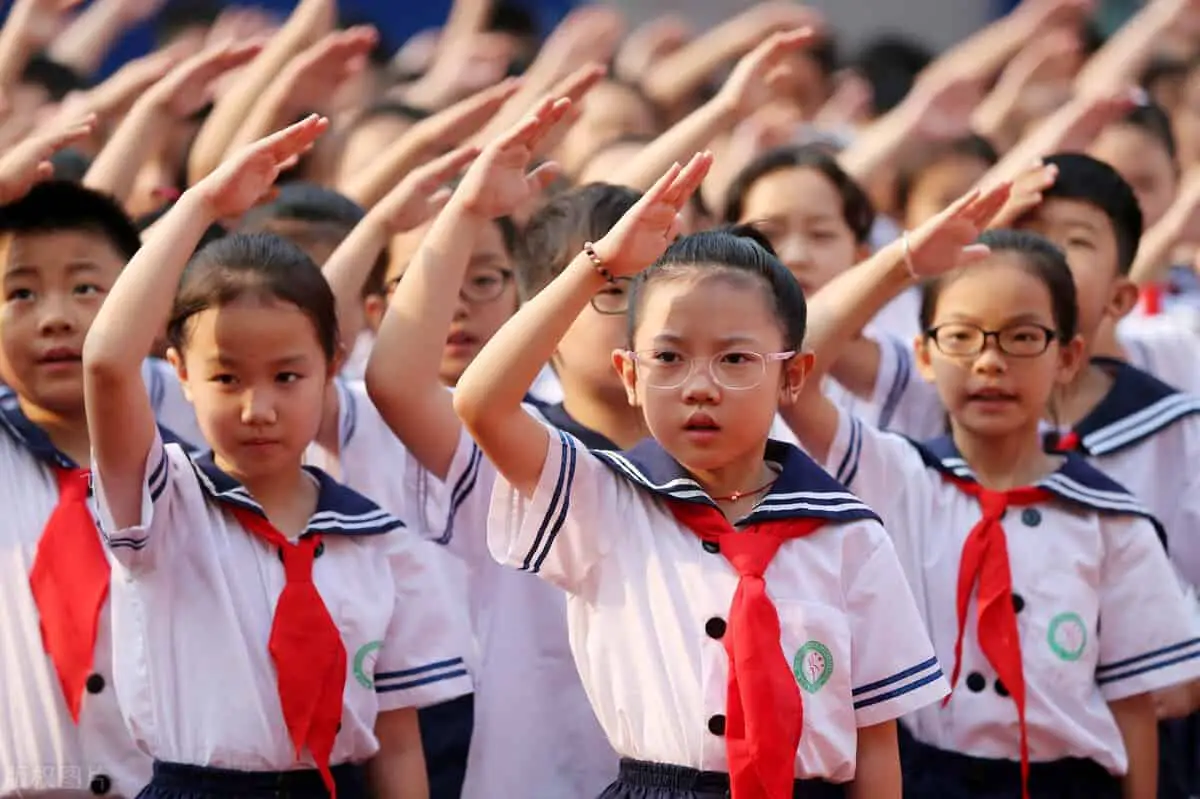
In the 1950s, when the newly founded People’s Republic of China was just getting back on its feet, many schools did not have a fixed school uniform. But no matter everyone’s clothing style, students all proudly wore red scarves around their necks. That’s because the red scarf was a symbol of being a Young Pioneer.
The Young Pioneers is a Chinese youth organization similar to the Boy Scouts and Girl Scouts in the United States. Members are typically elementary school students and wear red scarves to symbolize their membership. The organization is under the guidance of the Communist Party of China. It serves as a way to educate children about the principles of communism, Chinese culture, and patriotism.
If you forgot to wear a red scarf, you could be sure that your classmates and teachers would remind you in a friendly (but slightly bossy) way.

Cultural Revolution: Green Military Clothing
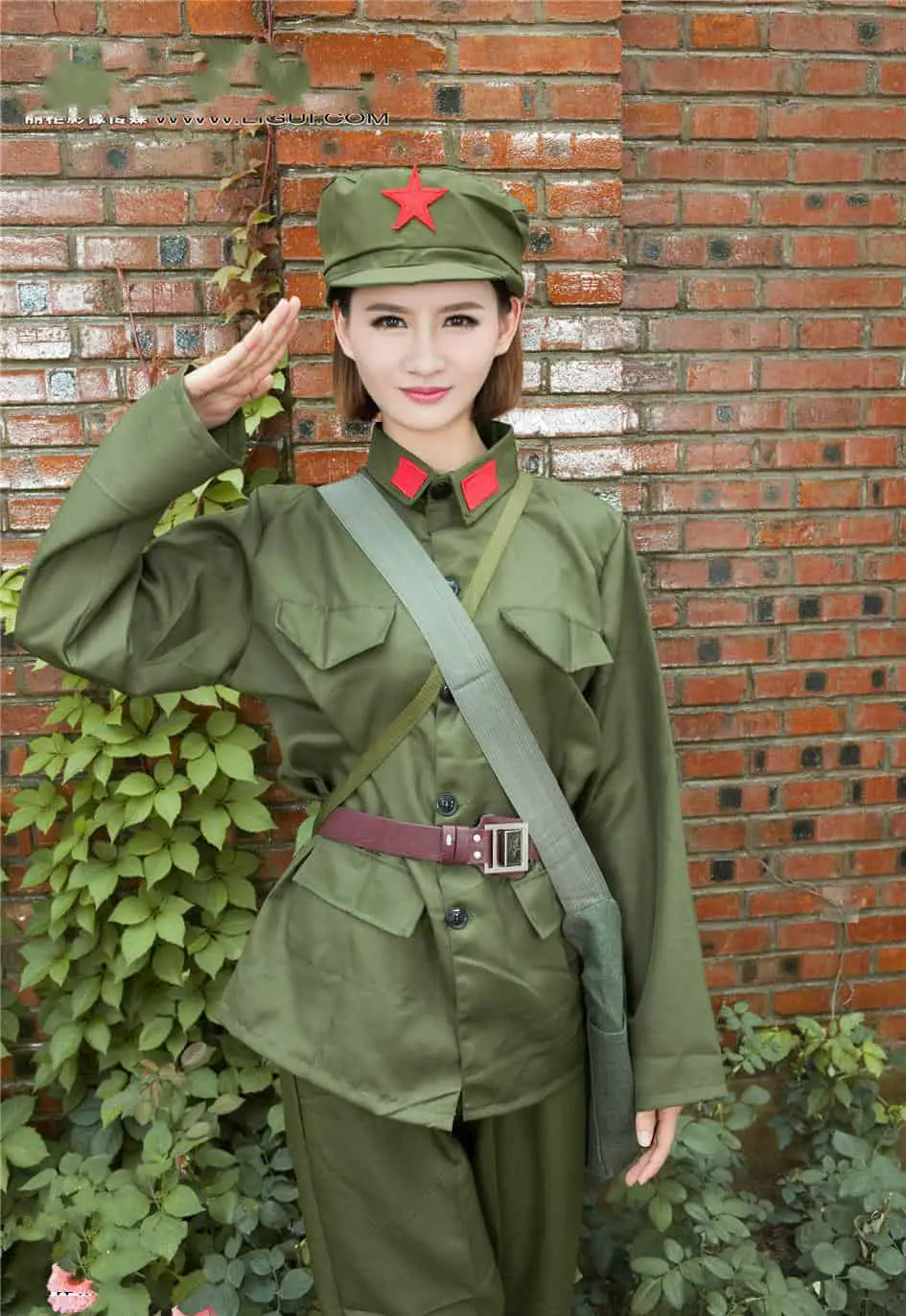
In the 1960s, during the Cultural Revolution in China, the color green took on a special significance. It was associated with Chairman Mao Zedong, who was often depicted wearing a green military suit. The military-style clothing was a way to show respect and love for the country’s leader. Many students at the time wore green military suits, and hats, carrying bottles or bags with Mao’s portrait, as part of their school uniforms.
In addition to its symbolic meaning, the green military uniform was also practical, as it was durable and easy to maintain. During the turbulent period of the Cultural Revolution, students would like to have a uniform that was functional and long-lasting.

Nowadays: Tracksuit
 As the 90s rolled around, Chinese school uniforms focused more on practicality and comfort. The norm became an unassuming tracksuit, allowing students to move around freely and with ease. Some Chinese students jokingly called it the “Cloth Sack” because of its baggy style.
As the 90s rolled around, Chinese school uniforms focused more on practicality and comfort. The norm became an unassuming tracksuit, allowing students to move around freely and with ease. Some Chinese students jokingly called it the “Cloth Sack” because of its baggy style.
In 1993, the Chinese Ministry of Education issued a set of guidelines to strengthen the dress code for students, which strictly regulated the tracksuit designs of school uniforms. The guidelines aimed to create a unified and neat image for students.
In spite of those regulations, you might see students sporting white button-down shirts, floral neckties, and pleated skirts, giving off Korean or Japanese fashion tastes. These trendy school uniforms have become very popular among international schools and private high schools in China. However, local Chinese schools still stick to the classic sportswear look.

Why Chinese School Uniforms Stick To Look Like That
If you’ve ever visited China, you may have noticed that the tracksuit uniforms we just introduced above are not very appealing. In fact, a survey conducted by Tencent found that over 73% of Chinese don’t like the sportswear school uniform. Some say it’s not attractive, doesn’t fit well, and isn’t suitable for girls.
However, it is still the mainstream school uniform in China. So what is that uniform’s charm? Here are some explanations from the Chinese Ministry of Education and Chinese parents.
- Cultivating Teamwork Spirit. On July 13, 2015, four Chinese government departments, including the Ministry of Education, jointly issued the “Opinions on Further Strengthening the Management of School Uniforms for Primary and Secondary School Students.” To further explain the regulation, they held a press conference. The press conference mentioned that “school uniforms are an important carrier for cultivating campus culture and a beneficial way to cultivate teamwork awareness and spread the spirit of equality.” So, in China, school uniforms are not just clothes about fashion, but also a tool to make students feel they are part of this school and country.
- People’s Voting Result. During the press conference on July 13, a spokesperson from the Ministry of Education said they had organized a competition to find the “most beautiful school uniform.” The Center for Research and Development of Educational Equipment involved experts’ evaluation and public voting in their designs. Therefore, the sporty style of Chinese school uniforms was the choice of all Chinese people. (Sounds contradicting from Tencent’s survey… what do you think?)
- Ensuring Low Prices. Simple Chinese school uniforms have kept the low cost for years, with prices ranging from $20 to $30. Since students must wear uniforms for over 200 days out of one year (365 days), parents can save more than 60% on clothing costs and shopping time. That’s one of the most important reasons why this school uniform has gained such a great deal of support among parents in China.
- Avoiding Fashion Competition. According to a Chinese dad, Mr. Li, wearing the school uniform can prevent students from comparing their fashion tastes and financial backgrounds based on their clothing. Regardless of their family, children should be equal in school. In this way, wearing plain school uniforms can promote the idea of equality and prevent unnecessary competition among students. So, it’s not just about looking good. It’s also about building a healthy school environment where everyone feels equal and valued.
Generally, Chinese school uniforms may not be the most fashionable, but they serve a great purpose. They are designed to cultivate teamwork spirit among students, avoid fashion competition, and ensure low prices for parents. Moreover, based on the Ministry of Education, the school uniform design has been a result of public voting, not a government decision.
Final Words
And that’s the story of Chinese school uniforms’ history, from the Qing Dynasty’s simplified official garb to the current tracksuit. While uniforms have gone through various changes, they have always been a symbol of equality and unity among students.
In February 2023, the idea of uniformity in school attire is spreading beyond just students in China. A Liaoning Province’s National People’s Congress (NPC) deputy proposed to implement “uniform teacher dress.”
If this proposal is accepted, teachers in China will have to follow the uniform code. While some may argue that it’s a way to promote professionalism and unity, others may see it as a limitation of individual expression. What do you think? Should teachers have a standard dress code, or should they be free to wear what they please?
Feel free to leave a comment if you have any questions or ideas about fashion ~ We are always here to exchange brilliant thoughts!
If you want to know more about Chinese dresses, here is the dish! Additionally, our friend Hiba has finished the latest article about how to make friends in schools and colleges. Take a look if you are preparing for a new school year in China!




